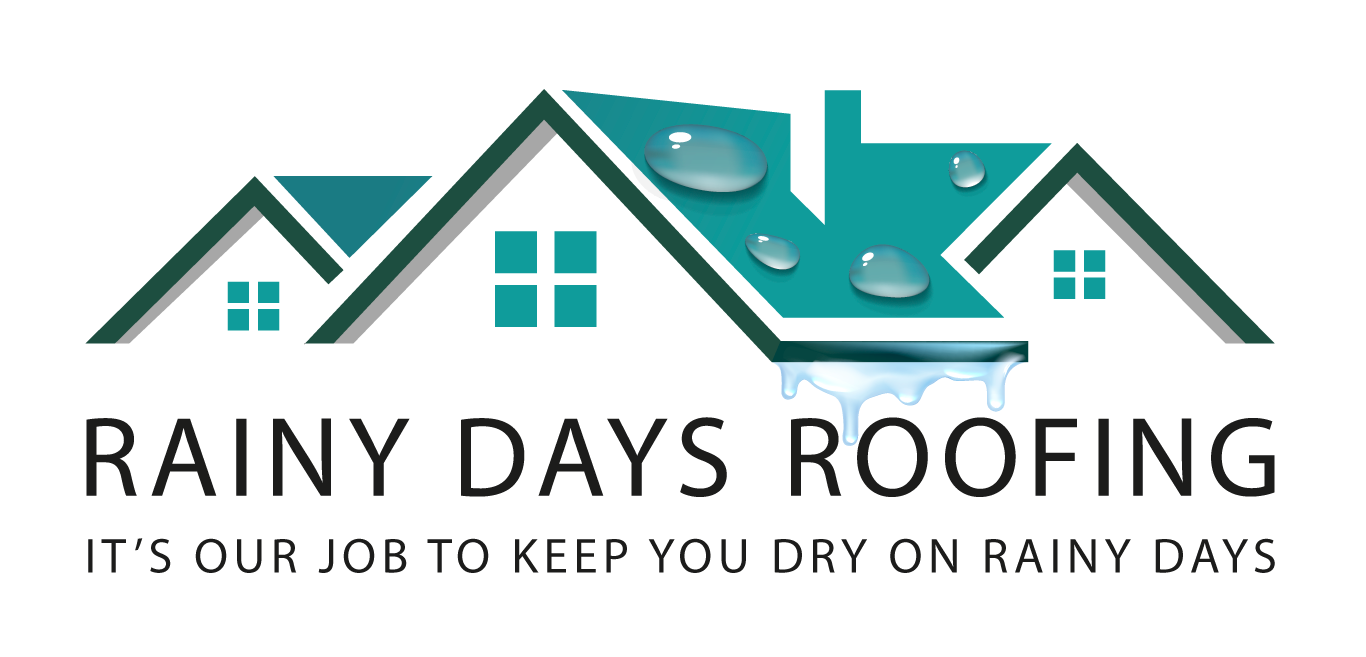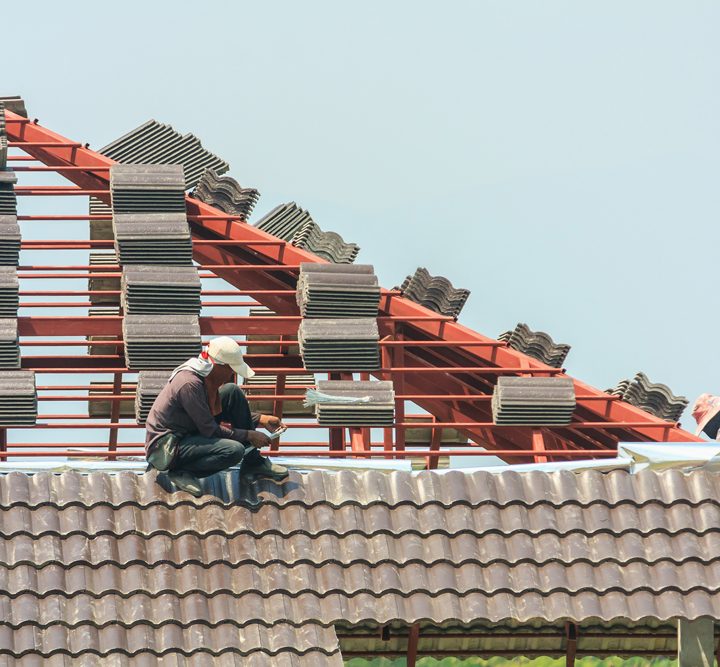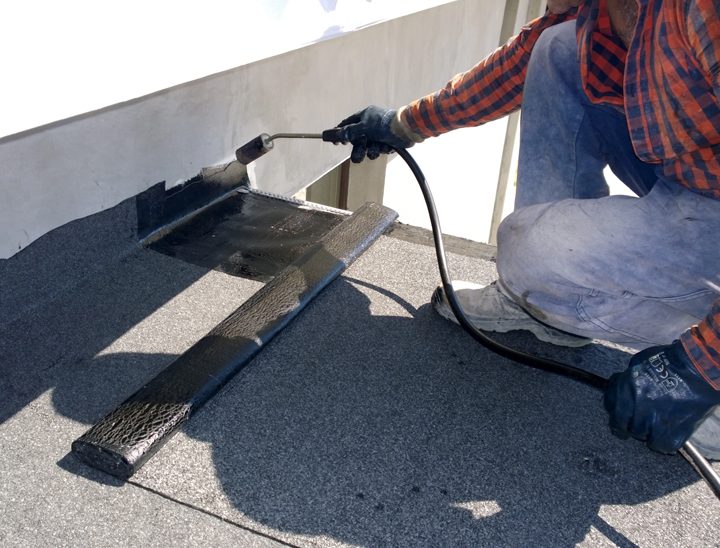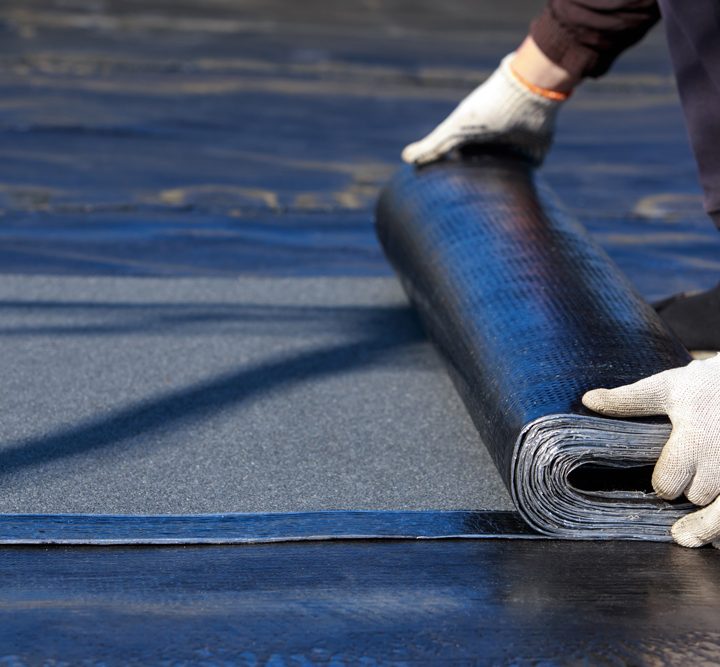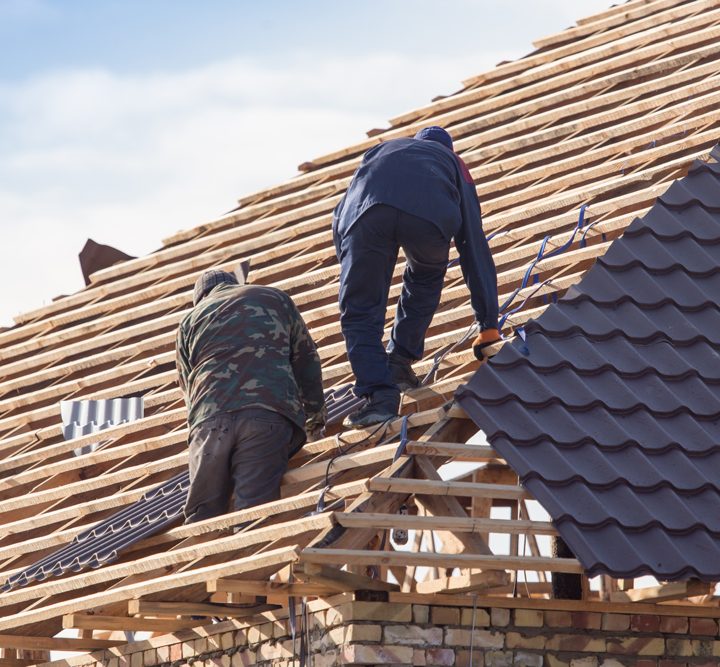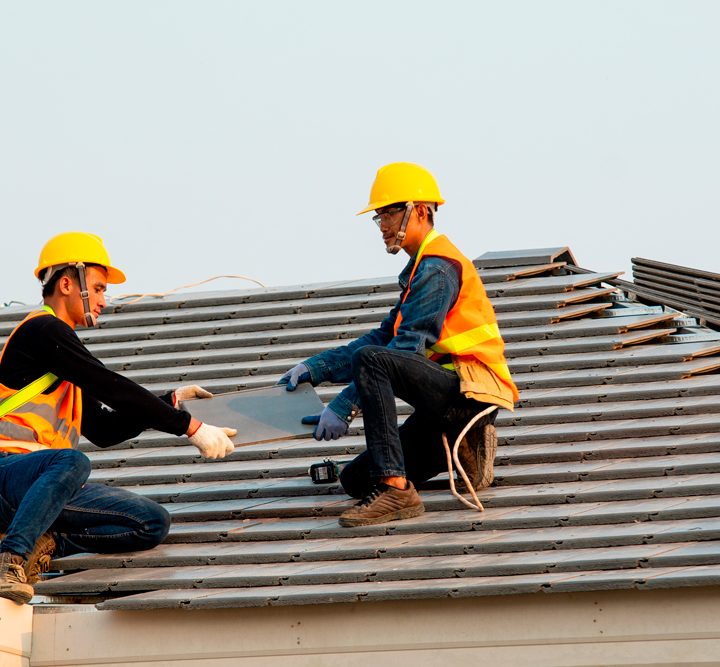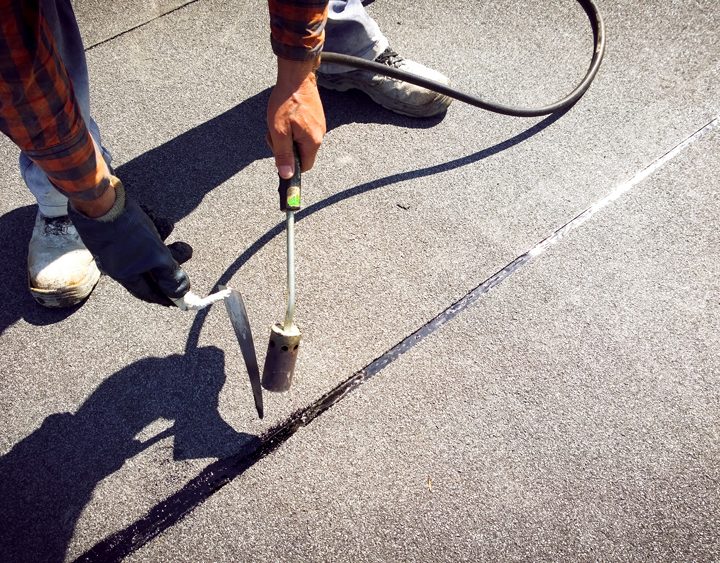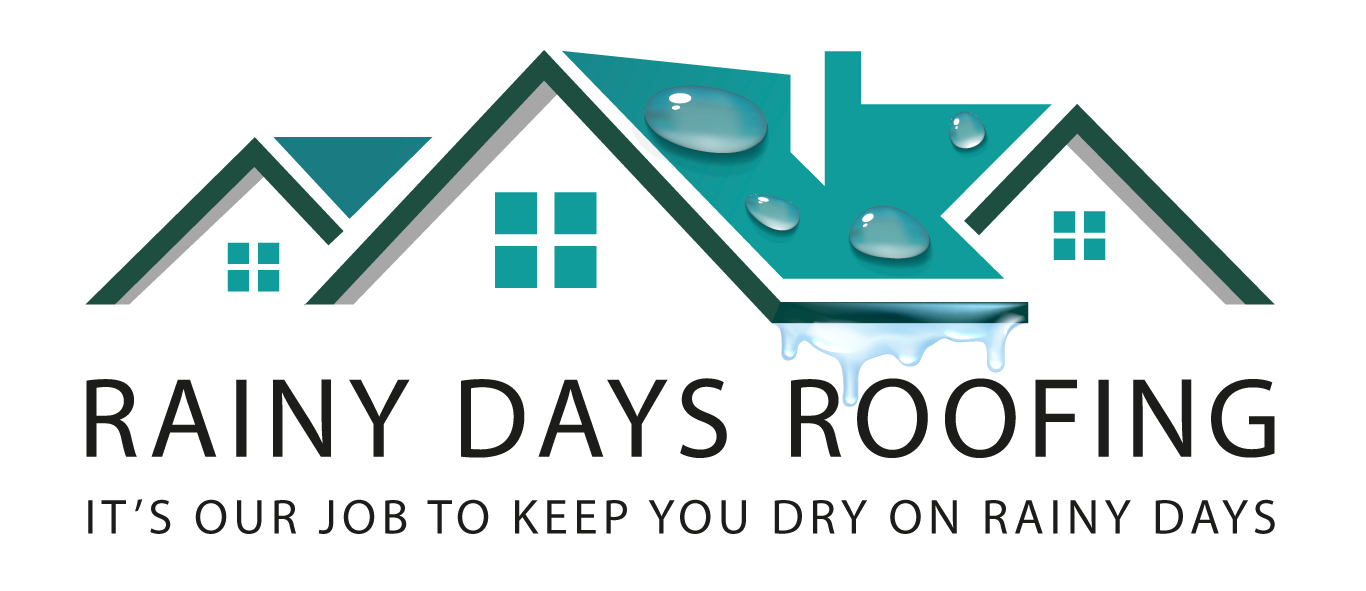The Role of Roof Ventilation in Preventing Summer Overheating
Summer temperatures in London, Greater London, and Essex are steadily rising, making it increasingly important for homeowners to protect their homes from overheating. One of the most effective but often overlooked solutions is proper roof ventilation. A well-ventilated roof helps to dissipate heat and moisture from your loft, maintaining comfortable indoor temperatures and protecting your roof’s integrity. In this article, we explore the importance of roof ventilation during summer, how it works, signs of poor ventilation, and practical tips to keep your home cool and energy efficient.
What Is Roof Ventilation?
Roof ventilation is a system that promotes airflow through the loft or attic space of your home. It typically involves intake vents, like soffit vents located under the eaves, and exhaust vents such as ridge vents at the peak of the roof or turbine vents that use wind power to improve air circulation. The purpose is to allow fresh air to enter the loft and hot, moist air to escape, preventing heat buildup and moisture accumulation.

Why Roof Ventilation Is Crucial in Summer
During hot summer days, roofing materials like tiles or slates absorb intense heat from the sun. This heat is transferred into the loft space, causing temperatures to rise dramatically—sometimes as high as 60°C or more. Without adequate ventilation, this trapped heat can lead to:
Uncomfortably high indoor temperatures, especially in upstairs rooms
Increased reliance on air conditioning and fans, resulting in higher energy bills
Premature deterioration of roofing materials and insulation due to heat stress
Increased moisture levels causing condensation, mould growth, and timber rot
Proper roof ventilation reduces these risks by maintaining airflow that cools the loft and expels moisture.
Signs That Your Roof Needs Better Ventilation
Homeowners should watch out for the following indicators of poor ventilation:
Excessive heat in upper-floor rooms during summer
Musty or damp smells coming from the loft or attic
Visible mould or water stains on ceilings and walls
Peeling or blistering paint inside the home
Warped, cracked, or rotting wooden structures in the roof
Sudden increase in energy bills without other changes in usage
If you notice any of these signs, it’s advisable to arrange a professional inspection to assess your roof ventilation.
Common Types of Roof Ventilation Systems
There are several ventilation options, each suitable for different roof designs:
Soffit Vents: Installed under the eaves, allowing cooler outside air to enter the loft.
Ridge Vents: Positioned along the roof’s peak, allowing warm air to exit.
Turbine Vents: Wind-powered vents that rotate to pull hot air out of the loft.
Gable Vents: Located on the vertical walls at the ends of the loft space, allowing cross ventilation.
Combining intake (soffit) and exhaust (ridge or turbine) vents creates the most efficient airflow pattern.

How to Improve Roof Ventilation in Your Home
If your roof lacks proper ventilation, consider the following steps:
Inspection and Maintenance: Regularly check and clean vents to remove blockages like leaves, bird nests, or insulation.
Add Additional Vents: Installing ridge or turbine vents can improve air exhaust if your roof lacks sufficient outlets.
Pair Ventilation with Insulation: Effective insulation complements ventilation by reducing heat transfer into living spaces while keeping the loft cool and dry.
Use Reflective Roofing Materials: Light-coloured or reflective roofing options reduce heat absorption.
Provide External Shade: Trees, pergolas, awnings, or blinds can protect your roof from direct sunlight, lowering temperatures.

Benefits of Proper Roof Ventilation
Investing in proper roof ventilation offers multiple advantages:
Enhanced Comfort: Reduces indoor temperatures naturally, improving living conditions.
Energy Efficiency: Lowers the need for air conditioning, saving on electricity bills.
Extended Roof Lifespan: Prevents heat and moisture damage that can cause premature deterioration.
Moisture Control: Reduces condensation, mould, and mildew, protecting your home’s structure and your health.
Protects Insulation: Ensures insulation remains dry and effective, maintaining its thermal properties.
Frequently Asked Questions (FAQ) about Roof Ventilation and Summer Overheating
Q1: Can roof ventilation really reduce my energy bills?
A: Yes. Proper ventilation lowers the temperature in your loft, reducing the need for air conditioning and fans, which saves energy and money.
Q2: How do I know if my roof has enough ventilation?
A: Signs include overheating rooms upstairs, mould growth, damp smells, and damaged timber. A professional inspection provides a definitive assessment.
Q3: Is ventilation important in winter too?
A: Absolutely. Good ventilation prevents condensation that causes damp and rot even in colder months.
Q4: Can I install roof ventilation myself?
A: While minor maintenance like clearing vents is possible, installation or upgrades should be done by roofing professionals to ensure safety and effectiveness.
Case Study: How Improved Roof Ventilation Helped a London Home
A homeowner in Essex noticed that their upstairs rooms became unbearably hot each summer, and energy bills were increasing. After Rainy Days Roofing Ltd inspected their roof, we recommended installing additional ridge vents and clearing soffit vents blocked by debris. Within weeks, the homeowner reported significantly cooler rooms and lower electricity bills, proving how effective ventilation can be.
Types of Ventilation in Detail: Pros and Cons
- Soffit Vents
Pros: Easy to install, inexpensive, allows cool air intake.
Cons: Can get blocked by insulation or debris if not maintained. Ridge Vents
Pros: Provides continuous exhaust venting along the roof peak, effective airflow.
Cons: Installation requires precise fitting to avoid leaks.Turbine Vents
Pros: Actively expels hot air using wind, effective in windy areas.
Cons: Mechanical parts may require maintenance or replacement.Gable Vents
Pros: Simple design, provides cross ventilation.
Cons: Less effective if the wind direction is not optimal.

Seasonal Maintenance Tips for Roof Ventilation
Spring: Clear debris and inspect vents after winter.
Summer: Monitor attic temperatures and clean vents regularly.
Autumn: Remove leaves and check for blockages before winter.
Winter: Inspect for ice damming and ensure vents are not blocked by snow.
Expert Resources for Further Information
For more detailed advice on roof ventilation and energy-saving measures, consult:
Why Choose Rainy Days Roofing Ltd?
Rainy Days Roofing Ltd is based in Plaistow and serves homeowners across London, Greater London, and Essex. We specialise in thorough roof inspections, ventilation system installations, and repairs to ensure your roof is ready for the summer heat. Our professional team provides tailored solutions that improve your home’s comfort and protect your investment.
Contact us today to schedule a roof ventilation assessment and enjoy a cooler, healthier home this summer.
Author

